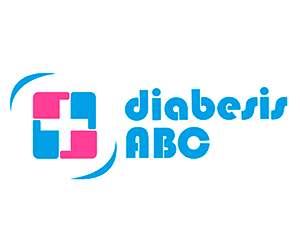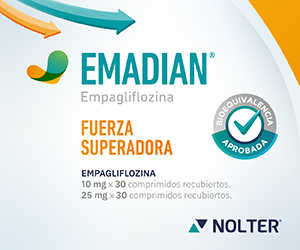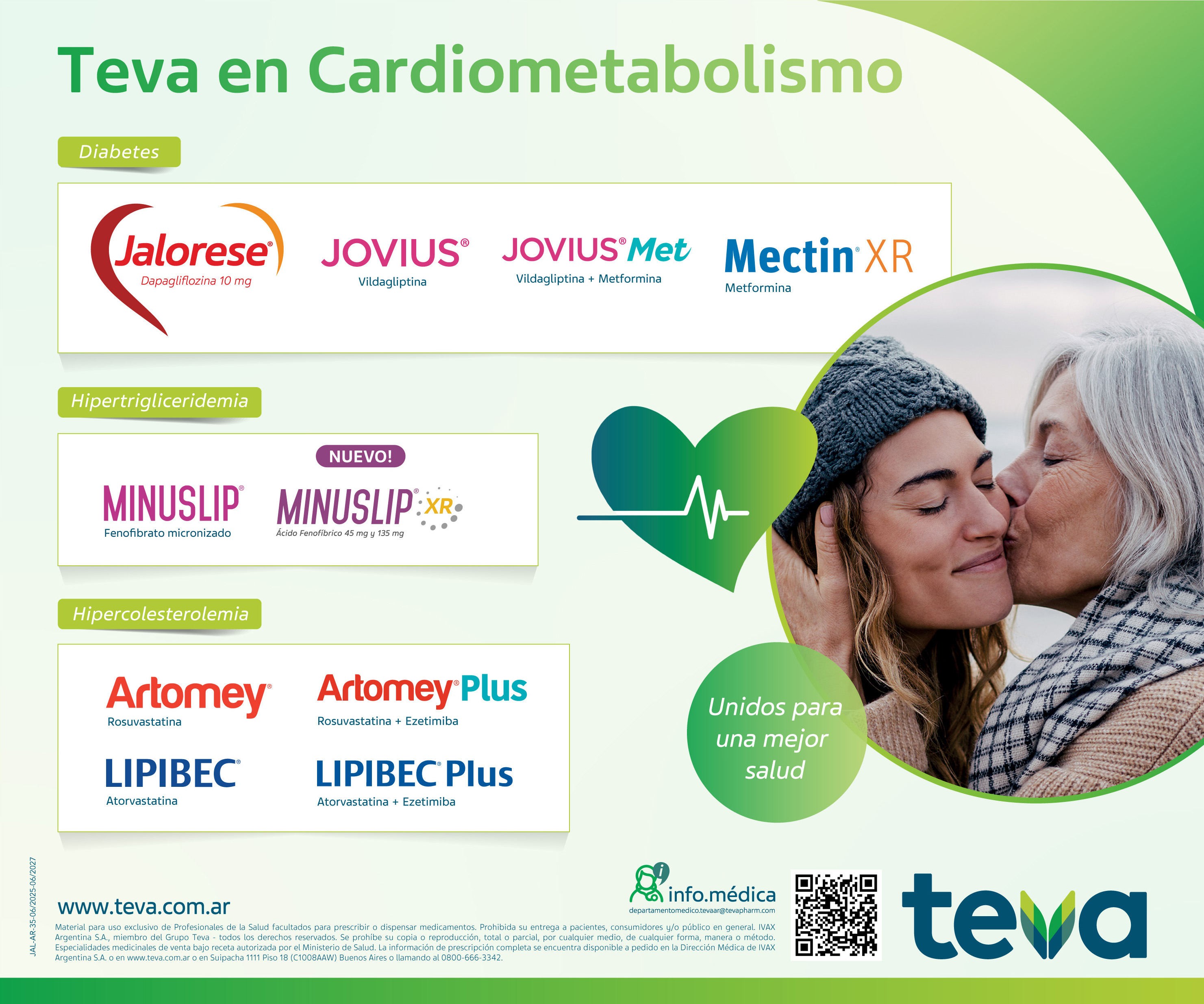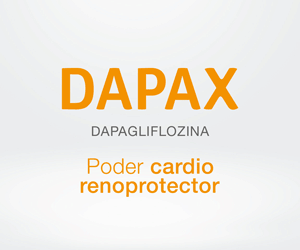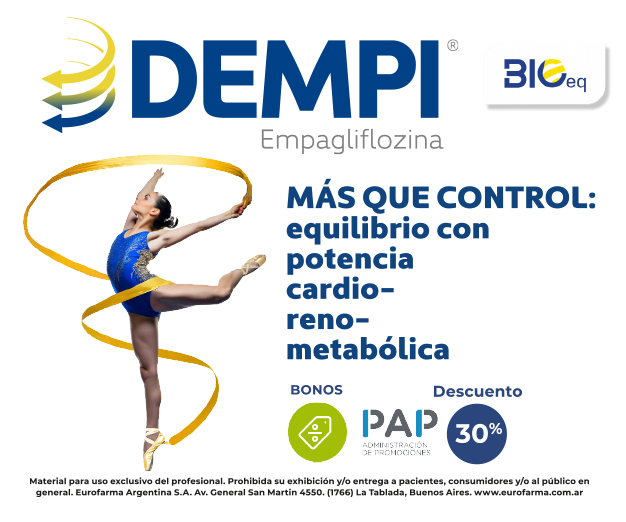Asociación del peso al nacer con adiposidad en niños escolares de distintas regiones de Argentina
DOI:
https://doi.org/10.47196/diab.v54i3.453Palabras clave:
peso de nacimiento, obesidad, sobrepeso, escolares, estilo de vidaResumen
Introducción: diversos estudios han sugerido que el bajo y alto peso al nacer (PN) se asocian a obesidad (OB) y sobrepeso (SP) durante la infancia y la edad adulta.
Objetivos: determinar la asociación entre PN y OB en escolares de 9 años de tres regiones de Argentina.
Materiales y métodos: las medidas antropométricas y la presión arterial (PA) se tomaron en 1.131 escolares (505 masculinos) de 8,8±2,1 años de edad promedio en tres regiones de Argentina durante el año 2019. Se interrogó, además, acerca del peso al nacer y el estilo de vida.
Resultados: el 21,1% (239) de los niños presentaba SP (IMC>85 <95 percentilo según CDC) y el 21,8% (246) OB (IMC>95 percentilo). La prevalencia de PN bajo (<2.500 g) fue de fue de 6,2% (n=70) y de PN alto (>4.000 g) de 7,3% (n=82). El puntaje z-IMC de los niños de 9 años aumentaba significativamente con el aumento del PN: PN bajo (z-IMC=0,33), normal (z-IMC=0,72) y alto (z-IMC=1,12). En modelos de regresión logística múltiple se observó que el PN bajo se asoció inversamente a la OB (OR, 0.41 [IC del 95%: 0,19-0,92]), mientras que el PN alto se asoció directamente con la OB ajustado por edad y sexo (OR, 2.48 [95% IC 1,53-4,02]).
Conclusiones: nuestros datos indican que el alto PN, pero no el bajo PN, se asocia con OB en niños en edad escolar de 9 años, mientras que el bajo PN está inversamente asociado con OB.
Citas
I. Ogden CL, Carroll MD, Kit BK, Flegal KM. Prevalence of obesity and trends in body mass index among US children and adolescents, 1999-2010. JAMA 2012; 307:483-490.
II. Kumar S, Kelly AS. Review of childhood obesity: from epidemiology, etiology and comorbidities to clinical assessment and treatment. Mayo Clin Proc 2017; 92:251-265.
III. Hirschler V, Oestreicher K, Maccallini G, Aranda C. Relationship between obesity and metabolic syndrome among Argentinean elementary schoolchildren. Clin Biochem 2010; 43:435-41.
IV. Taber DR, Chriqui JF, Powell L, Chaloupka FJ. Association between state laws governing school meal nutrition content and student weight status: implications for new USD,A school meal standards. JAMA Pediatr 2013; 167: 513-519.
V. Barker DJ, Hales CN, Fall CHD, Osmond C, Phipps K, et al. Type 2 (non-insulin-dependent) diabetes mellitus, hypertension and hyperlipidaemia (syndrome X): relation to reduced fetal growth. Diabetologia 1993; 36: 62-67.
VI. Gluckman PD, Hanson MA, Cooper C, Thornburg KL. Effect of in utero and early-life conditionson adult health and disease. N Engl J Med 2008; 359:61-73.
VII. Huxley R, Owen CG, Whincup PH, Cook DG, Rich-Edwards J, Smith GD, Collins R. Isbirth weight a risk factor for ischemic heart disease in later life? Am J Clin Nutr 2002; 85:807-814.
VIII. Huxley RR, Shiell AW, Law CM. The role of size at birth and postnatal catch-up growth in determining systolic blood pressure: a systematic review of the literature. J Hypertension 2000; 18:815-831.
IX. Boney CM, Verma A, Tucker R, Vohr BR. Metabolic syndrome in childhood: association with birth weight, maternal obesity, and gestational diabetes mellitus. Pediatrics 2005; 115:e290-6. Doi: 10.1542/peds.2004-1808.
X. Hirschler V, Bugna J, Roque M, Gilligan T, González C. Does low birth weight predict obesity/overweight and metabolic syndrome in elementary school children? Arch Med Res 2008; 39:796-802. Doi: 10.1016/j.arcmed.2008.08.003.
XI. Instituto Nacional de Estadística y Censos de la República Argentina, 2010. Disponible en: http://www.censo2010.indec.gov.ar/. Acceso: 3/09/15. Último acceso: 03/19.
XII. Hirschler V, Buzzano K, Erviti A, Ismael N, Silva S, Dalamon R. Overweight and lifestyle behaviors of low socioeconomic elementary school children in Buenos Aires. BMC Pediatr 2009; 24:9-17.
XIII. Kuczmarski RJ, Ogden CL, Guo SS, et al. 2000 CDC growth charts for the United States: methods and development. Vital Health Stat 11, 2002; 246:1-190. Disponible en: http://www.cdc.gov/GROWTHCHARTS.
XIV. Flynn JT, Kaelber DC, Baker-Smith CM, et al; Subcommittee on screening and management of high blood pressure in children. Clinical practice guideline for screening and management of high blood pressure in children and adolescents. Pediatrics 2017; 140:e20171904.
XV. Huxley R, Owen CG, Whincup PH, Cook DG, Colman S, et al. Birth weight and subsequent cholesterol levels. Exploration of the ‘‘fetal origins’’ hypothesis. JAMA 2004; 292:2755-2764.
XVI. Harder T, Rodekamp E, Schellong K, Dudenhausen JW, Plagemann A. Birth weight and subsequent risk of type 2 diabetes: a meta-analysis. Am J Epidemiol 2007; 165:849-857.
XVII. Barker DJP, Bull AR, Osmond C, Simmonds SJ. Fetal and placental size and risk of hypertension in adult life. BMJ 1990; 301:25962.
XVIII. Sousa MA, Guimarães IC, Daltro C, Guimarães AC. Association between birth weight and cardiovascular risk factors in adolescents. Arq Bras Cardiol 2013; 101:9-17.
XIX. Schellong K, Schulz S, Harder T, Plagemann A. Birth weight and long-term overweight risk: systematic review and a meta-analysis including 643.902 persons from 66 studies and 26 countries globally. PLoS One 2012; 7:e47776. Doi: 10.1371/ journal.pone.0047776.
XX. Seidman DS, Laor A, Gale R, Stevenson DK, Mashiach S, Danon YL. Birth weight, current body weight, and blood pressure in late adolescence. BMJ 1991; 302:1235-1237.
XXI. Kuciene R, Dulskiene V, Medzioniene J. Associations between high birth weight, being large for gestational age, and high blood pressure among adolescents: a cross-sectional study Eur J Nutr 2018; 57:373-381. Doi: 10.1007/s00394-016-1372-0.
XXII. Qiao Y, Ma j, Wang Y, Li W, Katzmarzyk PT, Chaput JP, Hu G. ISCOLE Research Group Birth weight and childhood obesity: a 12-country study. Int J Obes Suppl 2015; 5:S74-9. Doi: 10.1038/ijosup.2015.23.
XXIII. Diels S, Vanden Berghe W, Van Hul W. Insights into the multifactorial causation of obesity by integrated genetic and epigenetic analysis. Obesity Reviews 2020;1-16.
Descargas
Publicado
Cómo citar
Número
Sección
Licencia

Esta obra está bajo una licencia internacional Creative Commons Atribución-NoComercial-SinDerivadas 4.0.
Dirección Nacional de Derecho de Autor, Exp. N° 5.333.129. Instituto Nacional de la Propiedad Industrial, Marca «Revista de la Sociedad Argentina de Diabetes - Asociación Civil» N° de concesión 2.605.405 y N° de disposición 1.404/13.
La Revista de la SAD está licenciada bajo Licencia Creative Commons Atribución – No Comercial – Sin Obra Derivada 4.0 Internacional.
Por otra parte, la Revista SAD permite que los autores mantengan los derechos de autor sin restricciones.








